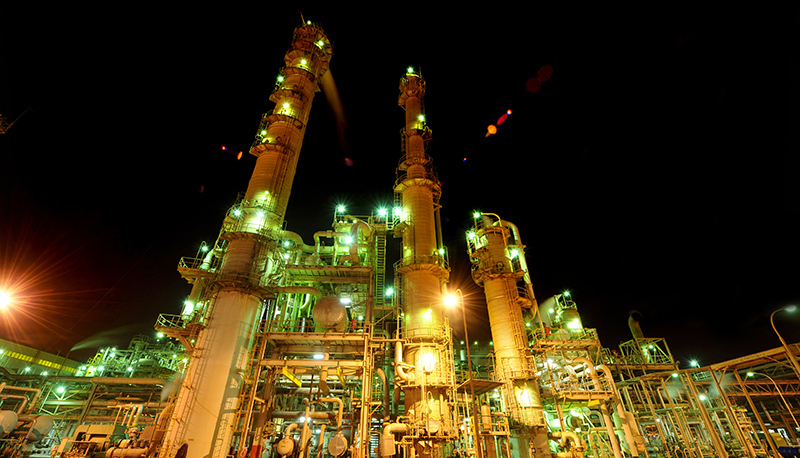
Extracting oil from the ground is a massive logistical undertaking. It requires an army of workers, vehicles and equipment to even get started, let alone produce sustainably and profitably.
For many sites across the world, these resources have to be sourced from far and wide. However, for the industry to remain profitable and relevant, there is a clear opportunity to shorten the journeys these massed resources make.
An industry wide effort to achieve this will both reduce carbon footprints and bring down costs on a significant scale.
In a world where climate change and the need to green is top of the agenda, reducing the carbon footprint of producing a barrel of oil is essential.
Producers, already under pressure keep increasing amounts of oil in the ground, have to show they are doing their part. Keeping things local may not be an eye-catching emission-saving measure, but on a significant scale it can make a big difference.
Earlier this week, the United Arab Emirates hosted the Make it in the Emirates Forum, aimed at tackling this very issue. When you remove hydrocarbon exports from the equation, the Emiratis have historically been significant net importers of goods and equipment.
This includes equipment for its dominant oil and gas sector.
New shift
However, speaking at the conference, Adnoc CEO Dr Sultan Al Jaber recognised the need to source and manufacture equipment and products at home. In total, the company says it has identified $19 billion worth of products in its procurement pipeline that could be sourced and made locally.
This would represent a significant shift for a major oil company in a region that has traditionally relied on considerable inputs from abroad.
The industry for oilfield equipment and production is often overlooked in favour of the global obsession with the market for the black gold itself.
However, with the oil equipment market set to hit $380bn by 2026, Adnoc’s efforts to bring this market closer to home should be a significant boon to the Emirati oil industry and economy at large.
In the oil market of the future, especially as the soaring prices triggered by of the crisis in Ukraine eventually fall back, the lowest cost, greenest producers will be the ones to emerge on top.
It may sound like a paradox to many, but oil-purchasing states will increasingly consider the environmental footprint of the hydrocarbons they buy.
Therefore, the forward-thinking oil companies are planning and implementing dramatic emission-saving measures now. Actions such as powering oilfields with renewable energy, switching to greener modes of transport and reducing the total journey of goods your supply chain can be decisive.
The latter, in particular, is an environmental ambition we have seen articulated across a variety of sectors for decades.
Discussion about reducing journey times in the extractive industry, however, has been noticeably absent. This is despite the tens of thousands of road, rail, air and sea journeys associated with it every day.
Cutting costs
Shifting the emphasis to locally sourced products and equipment, as Adnoc have committed this week, will slash journey times and the resultant carbon emissions produced.
For extractors and producers alike, it will have the added benefit of reducing overall cost within the supply chain.
A greener, leaner production model is the prize for those that get out ahead, something that will become essential as the oil industry works its way through an increasingly climate conscious world.
Cyril Widdershoven is a veteran global energy market expert and founder of Verocy. He holds several advisory positions at various international think tanks and Western energy firms.
Recommended for you
